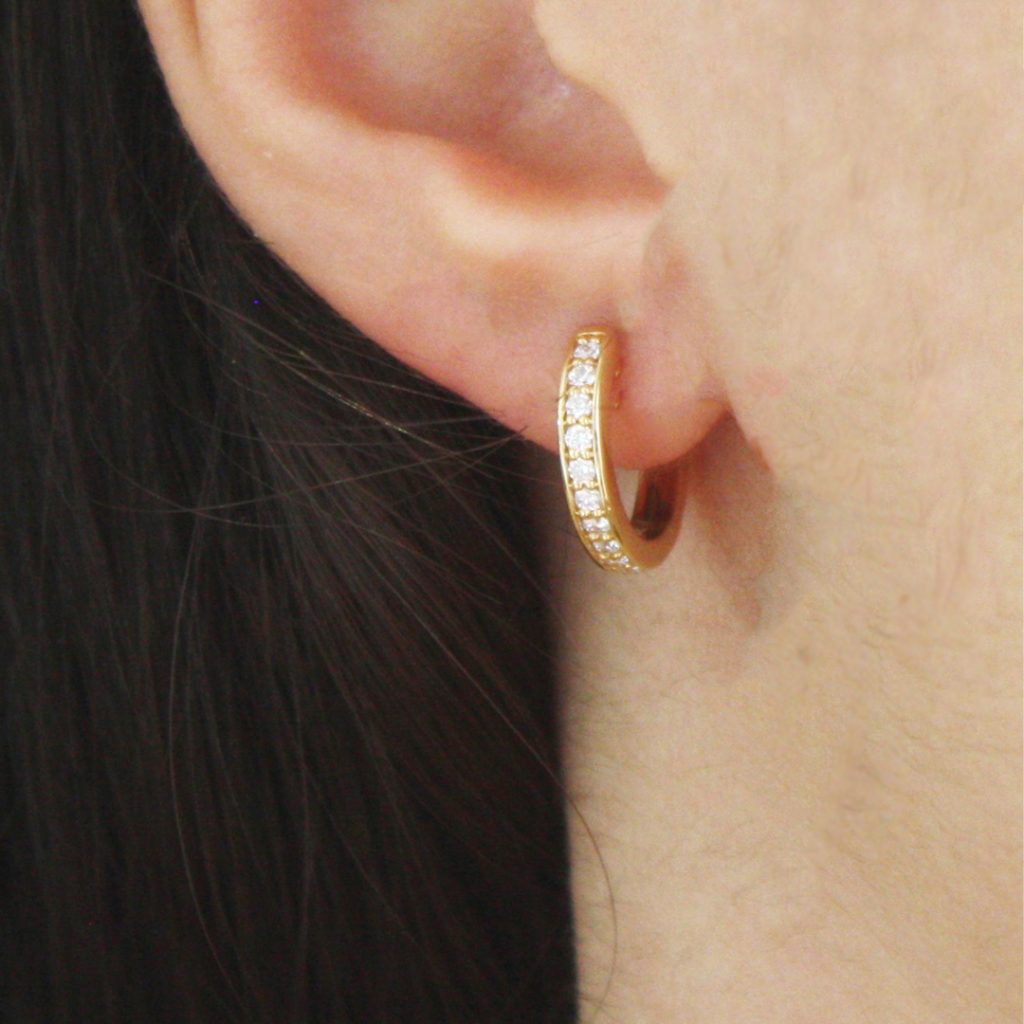Diamonds
Birthstone: April
Colour of diamond: Colourless, pale yellow, brown, black, rarely; pink, green, blue, red, orange
Hardness: 10 (as per Moh’s hardness scale)
Sources: Australia, Botswana, Russia, South Africa, Zaire, Namibia, Brazil, Ghana
The 4 C’s on our diamonds are consistently high
Cut – our diamonds are well cut and are mostly brilliant cut (58 facets).
Colour – is generally G – H.
Clarity – is generally SI.
Carat – you can request the weight of the diamond.
Valuing Diamonds
The quality of the four c’s determines the value of a diamond. The four c’s are; colour, clarity, cut and carat weight. The better the colour, clarity, cut and carat the more valuable the diamond. The best colour grade is D, then E – these grades are categorized as ‘exceptional white’, then F and G, which are categorized as ‘rare white’, and H, categorized as ‘white’ – these are the top white diamonds and are the most sought after. I and J are ‘slightly tinted white’, K and below are ‘tinted/tinted colour’ and are the least desirable. Rare coloured diamonds (yellow, pink, green etc), are valued individually. Diamonds and gemstones are weighed in ‘carats’ and there are 100 points in each carat, so a quarter of a carat equals 0.25 points or 0.25ct. Many years ago, before the invention of carat weight scales, gems were weighed using carob seeds from the carob tree and 1 carat was roughly equal in weight to one carob seed.
Interesting Facts
Diamond derives its name from the Greek word ‘adamas’ which means unconquerable.
It is the hardest known substance in existence.
It is composed of pure carbon.
Non gem quality diamonds are used for industrial cutting and grinding tools.
The Cullinanan 1, or Star of Africa, is a massive 530.20 carats and is the largest, high quality, cut diamond. It embellishes the sceptre of the English King’s insignia and is kept in the Tower of London.
